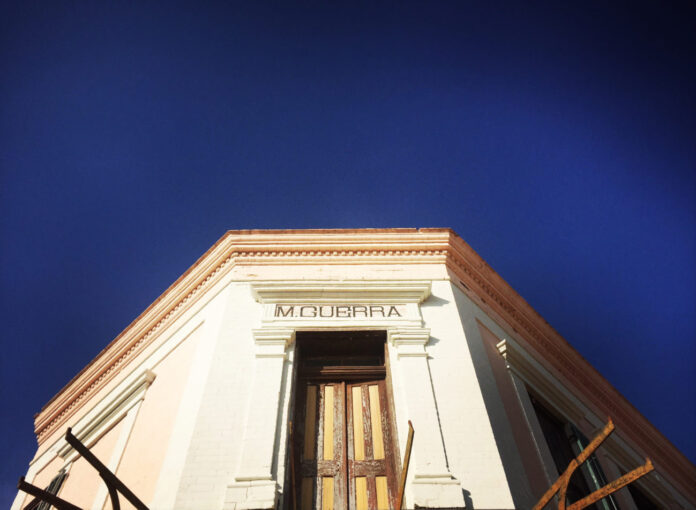ROMA — The city’s historical, downtown district will be opened up to private businesses in an effort to preserve and put the several historic buildings to good use.

The Roma Economic Development Corporation will host an open house Saturday to showcase their multiple historical properties that will be available for lease.
This effort, dubbed the Roma Preservation Partnership, was something the city has been wanting to do for several years but never came to fruition, according to assistant City Manager Freddy Guerra who is also the executive director of the EDC.
At their last EDC meeting in January, though, they decided to just do it.
“If we don’t set a date and we don’t open up these properties for rental, then it’s just going to be a conversation that we’re going to keep on having at every meeting and we’re never really going to move forward with it,” Guerra said.
He said he developed the Roma Preservation Partnership with the intention to open up the buildings to the private market and offer long-term leases in lieu of improvements to the buildings which still require restoration.
Initially, the plan was to acquire the historical buildings, restore them to the city’s standards and then put them out for market at a subsidized rate.
However, they eventually realized that it would take too long, Guerra said, noting it took approximately two years to renovate the Noah Cox building which sits across the street from city hall.
“We’re allocating anywhere between $50-75,000 a year toward preservation which doesn’t get you very far, so we just came to the realization that without private funding, this is going to take 20 years,” Guerra said.

“So our intention is to open up these buildings, have the private market come in, invest and restore them — obviously still to our standards — but in return they would get very favorable lease terms,” he said.
The terms of the lease will depend on the building as each property requires different levels of restoration.
“There are some buildings that are more deteriorated — the more deteriorated they are, the better the terms,” Guerra said. “If the buildings are in relatively good condition and they don’t need a lot of modification, then the terms are a little bit more limited.”
“On the most deteriorated building, if you come in with $80,000, you can get a 30-year lease. On some of the other buildings that are a little bit more preserved, maybe $50,000 will get you like a 10-year lease, so it just depends on each building.”
He acknowledged there might be hesitation to sign on for a 30-year lease and that’s why they are allowing the properties to be sub-leased.
The different properties available include the Noah Cox building, the Antonia Saenz Residence, the Nestor Saenz Building, the brick house on Juarez Street, the Pablo Ramirez House, and an old restaurant formerly called the Coffee Pot.
The Guerra Building, which is located on the main plaza, will also be available for viewing, however, Guerra said that won’t be on the market as they already have the funds necessary to restore it and already have a party interested in leasing it.
“It still hasn’t been finalized, they’re giving us a letter of intent,” Guerra said of the potential occupants.
The interested party, who Guerra said were from Mexico City but had familial roots in Roma, would open an agave-based distillery in the Guerra Building.
They’re currently working acquiring financing to purchase the land, Guerra said, and hoped to set up a storefront in the Guerra Building which the city hopes will be an anchor for the historical district.
Of those interested in leasing the buildings, the Roma EDC is asking for proposals which would be rated on how the space would be used, if the party is financial capable of maintaining the property, the business plan, if they have any construction experience or experience preserving historical structures, and the public benefit.
An example of meeting the last criteria, Guerra said, would be whether occupants would be willing to open up the property for the public or document the restoration of the building online.
Many of the properties provide a clear view of the Rio Grande and Guerra emphasized the desire to have businesses that would take advantage of that such as restaurants, bars or cafes.
“The types of uses that we’re looking at will generate activity and presence in the historic district,” he said.
“We want to attract people from outside the city to come and experience Roma,” Guerra added. “If we can offer an experience for them, I think the residue that that would leave will be more than enough to offset any subsidies that the EDC is providing through these rents.”




